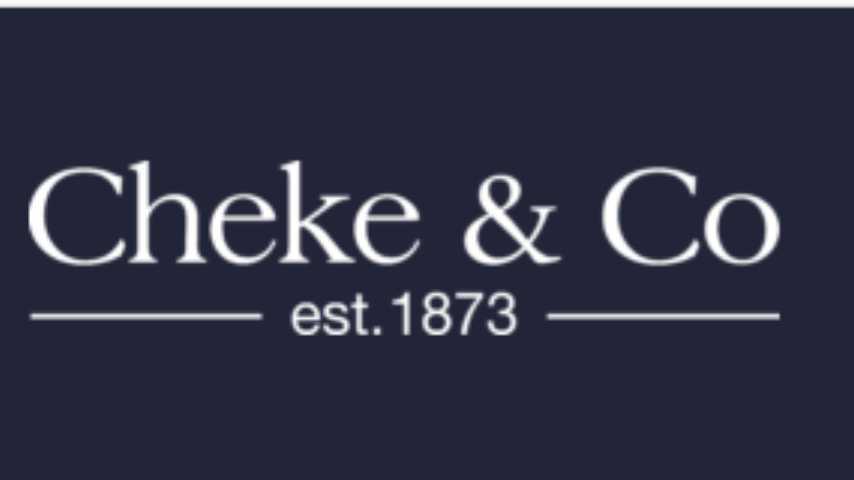
In the realm of construction and property management, safety and security are paramount. Achieving these goals requires meticulous planning, skilled professionals, and comprehensive inspections. Structural surveyors play a crucial role in this process, ensuring that buildings are safe, durable, and capable of withstanding the test of time. This article delves into the integral role of structural surveyors, focusing on their contributions to designing and maintaining secure buildings. By exploring their responsibilities, methodologies, and impact, we’ll understand why structural surveyors are indispensable in the building industry.
The Role of Structural Surveyors
Structural surveyors are specialized professionals who assess and analyze the structural integrity of buildings and infrastructure. Their primary responsibilities include evaluating the stability, strength, and durability of structures. This involves inspecting various components such as foundations, load-bearing walls, beams, and roofs. By identifying potential issues or weaknesses, structural surveyors help prevent structural failures and ensure that buildings meet safety standards.
The Importance of Comprehensive Inspections
A complete inspection conducted by surveyors is essential for identifying existing problems and potential risks. During these inspections, surveyors evaluate the condition of a building’s structure, looking for signs of wear and tear, subsidence, or any other issues that could compromise safety. They use advanced techniques and tools, such as laser scanning and stress testing, to gain accurate insights into a building’s condition.
Understanding Chartered Surveyors
For professionals with the highest level of qualification in their field, chartered surveyors are accredited by esteemed bodies like the Royal Institution of Chartered Surveyors (RICS). They bring extensive knowledge and expertise to their specialized areas, including structural surveying. The rigorous standards and ethical guidelines associated with their qualifications ensure that chartered surveyors provide reliable and high-quality assessments.
The Process of a Structural Survey
A structural survey involves several stages to ensure a thorough assessment. Initially, surveyors inspect the property, noting any visible defects or areas of concern. They then conduct more detailed investigations, including non-destructive testing and analysis of construction materials. The findings are compiled into a comprehensive report that outlines the condition of the structure and any recommended actions for repairs or improvements.
Addressing Common Structural Issues
Structural surveyors are adept at identifying and addressing common structural issues that can impact the safety of a building. These issues may include:
- Foundation Problems: Issues such as subsidence or heave can undermine the stability of a building. Surveyors assess the foundation’s condition and recommend necessary interventions.
- Cracks and Settling: Cracks in walls and ceilings can indicate underlying structural problems. Surveyors analyze the cause of these cracks and determine if they require remediation.
- Damp and Moisture: Moisture infiltration can weaken structural elements and lead to long-term damage. Surveyors identify sources of dampness and suggest solutions to prevent further issues.
The Impact of Structural Surveys on Building Design
Structural surveys significantly influence building design and construction practices. By providing detailed insights into existing conditions and potential risks, surveyors help architects and engineers design resilient and secure structures. Their assessments ensure that new designs consider factors such as load-bearing capacity, environmental conditions, and material durability.
Safety Regulations and Standards
To ensure that their assessments meet industry requirements, complete inspection surveyors must adhere to a range of safety regulations and standards. These include building codes, safety guidelines, and best practices set by organizations such as RICS. Adhering to these standards helps maintain the integrity of the built environment and safeguards occupants from potential hazards.
The Role of Technology in Structural Surveys
Advancements in technology have revolutionized the field of structural surveying. Modern surveyors use cutting-edge tools and techniques to enhance their assessments. Technologies such as 3D modelling, drones, and thermal imaging provide more accurate and detailed information about a building’s condition. These innovations enable surveyors to detect issues that might not be visible through traditional methods.
The Benefits of Engaging Structural Surveyors
Engaging structural surveyors offers numerous benefits for property owners, developers, and investors. These include:
- Enhanced Safety: Regular inspections help identify and address potential hazards before they escalate, ensuring the safety of occupants.
- Cost Savings: Early detection of issues can prevent costly repairs and extensive damage in the future.
- Informed Decisions: Comprehensive reports and assessments provide valuable insights that inform decision-making regarding property purchases, renovations, or maintenance.
Case Studies: Successful Interventions by Structural Surveyors
Examining real-life case studies demonstrates the effectiveness of structural surveyors in addressing complex issues and ensuring building safety. For example:
- Historic Building Restoration: Surveyors play a crucial role in restoring a historic building by assessing its structural integrity and recommending appropriate preservation techniques.
- New Construction Projects: In a recent commercial development, surveyors identified potential risks during the design phase, leading to modifications that enhanced the building’s stability and safety.
Conclusion
Structural surveyors are vital to the construction and property management industries, ensuring that buildings are safe, secure, and built to last. Through their expertise and comprehensive inspections, they play a crucial role in identifying and addressing potential issues, adhering to safety regulations, and influencing building design. As technology continues to advance, the capabilities of structural surveyors will only improve, further enhancing their ability to safeguard our built environment. By understanding and appreciating their contributions, we can better recognize the importance of structural surveyors in creating and maintaining secure buildings.







